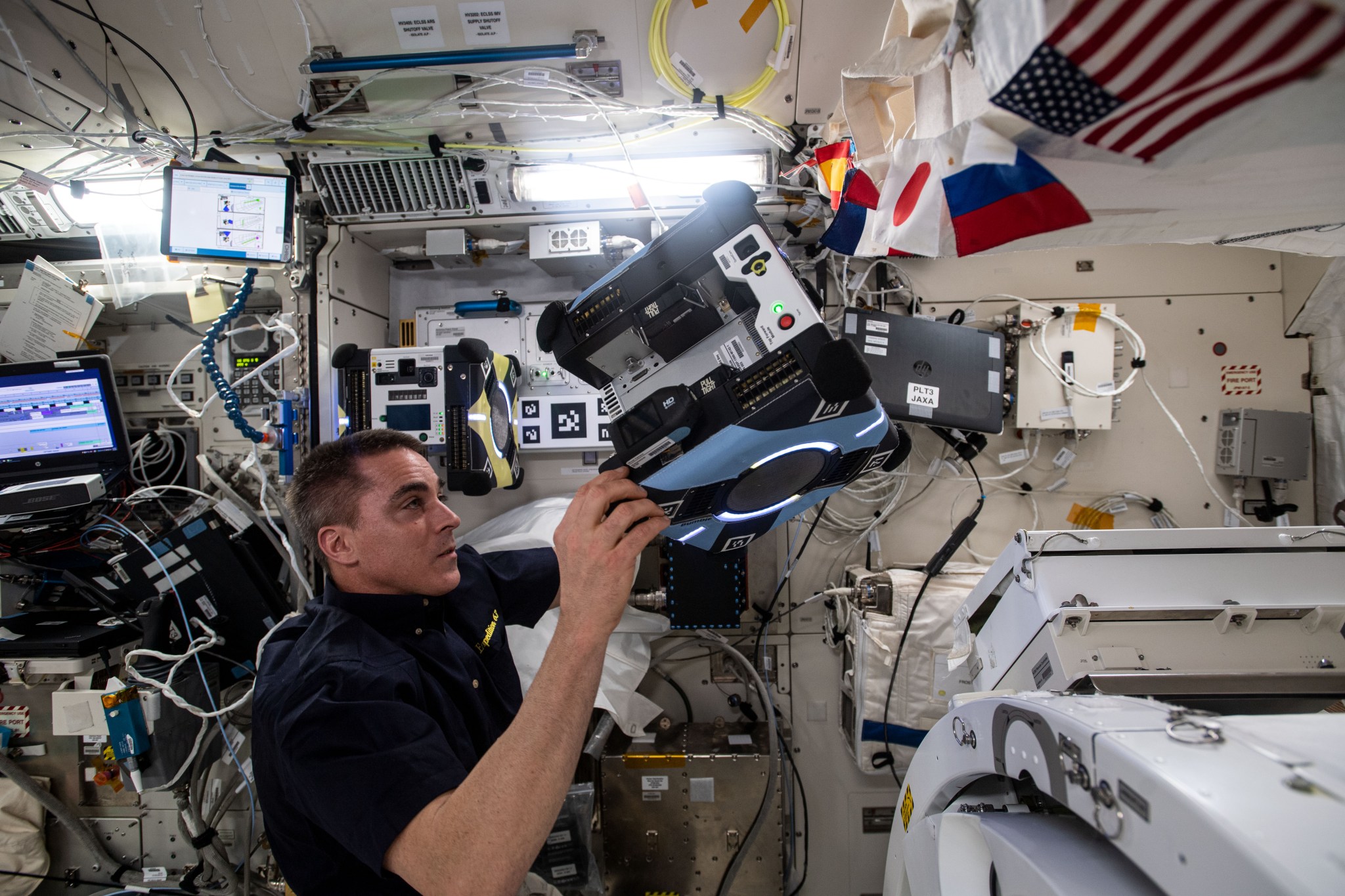
Editor’s Note: This advisory was updated on Sept. 30 to update the time of the event, which is scheduled for 12:25 p.m. EDT Friday, Oct. 2.
NASA astronaut Chris Cassidy, currently aboard the International Space Station, will answer questions posed by high school students from across the nation this week. The educational downlink event will air live at 12:25 p.m. EDT Friday, Oct. 2, on NASA Television and the agency’s website.
Cassidy will answer prerecorded questions selected from high school students participating in the Society for Science & the Public’s Science News in High Schools program, which provides access to Science News magazine to more than 5,000 schools nationwide. The society, which seeks to expand scientific literacy and research through STEM competitions, journalism, outreach, and equity programs, is coordinating the question and answer session. Participating students will use news articles and related educational resources to learn about collaborative research studies completed by astronauts on the space station to prepare questions for the event.
Linking students directly to astronauts aboard the space station provides unique, authentic experiences designed to enhance student learning, performance, and interest in science, technology, engineering, and mathematics. Astronauts living in space on the orbiting laboratory communicate with NASA’s Mission Control Center in Houston 24 hours a day through the Space Network’s Tracking and Data Relay Satellites (TDRS).
For nearly 20 years, astronauts have continuously lived and worked on the space station, testing technologies, performing science and developing the skills needed to explore farther from Earth. Through NASA’s Artemis program, the agency will send astronauts to the Moon in 2024, with eventual human exploration of Mars. Inspiring the next generation of explorers – the Artemis Generation – ensures America will continue to lead in space exploration and discovery.
Follow America’s Moon to Mars exploration at:
Follow NASA astronauts on social media at:
See videos and lesson plans highlighting research on the International Space Station at:
-end-
Kathleen Zona
Headquarters, Washington
216-433-2920
kathleen.a.zona@nasa.gov
Sandra Jones
Johnson Space Center, Houston
281-483-8670
sandra.p.jones@nasa.gov

























